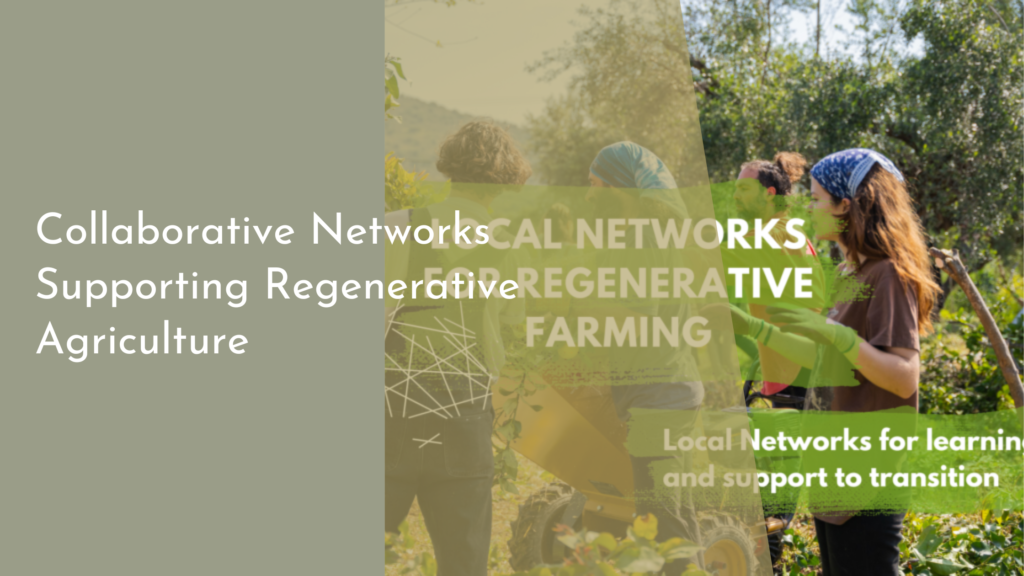Agroforestry in Promoting Green Plantation Rain Belts
Agroforestry is a harmonious blend of agriculture and forestry, where trees and shrubs are integrated into crop and livestock systems. This innovative approach not only enhances agricultural productivity but also promotes sustainability and biodiversity. In the context of climate change and environmental degradation, agroforestry emerges as a beacon of hope, advocating for greener practices that fortify our ecosystems. One such significant initiative is the promotion of green plantation rain belts, vital for maintaining ecological balance and enhancing local climates.
Understanding Agroforestry: A Greener Tomorrow Awaits!
Agroforestry is much more than just a farming technique; it is a visionary approach that seeks to create a sustainable future. By interspersing trees with crops and livestock, agroforestry systems mimic natural ecosystems that provide multiple benefits. These systems not only improve soil health and water retention but also contribute to carbon sequestration, reducing the impact of greenhouse gases. As communities become aware of these benefits, they are increasingly adopting agroforestry practices, paving the way for a greener tomorrow.
By promoting the integration of trees into farming landscapes, agroforestry supports a diverse array of plant and animal life. This creates a more resilient agricultural system that can withstand the challenges posed by climate change. As farmers harness the power of agroforestry, they are not only increasing their yields but also creating a sustainable legacy for future generations. The future looks promising, as more individuals and communities recognize the importance of embracing these practices.
How Rain Belts Benefit from Agroforestry Practices
Rain belts, or regions that receive substantial rainfall, play a crucial role in sustaining agricultural systems and maintaining biodiversity. Agroforestry enhances these rain belts by stabilizing soil and reducing water runoff, which ultimately leads to improved water infiltration and retention. The presence of trees helps to create microclimates that protect crops from the harsh effects of wind and sun while capturing more rainfall, ensuring that both trees and crops thrive.
Additionally, agroforestry practices in rain belt areas can significantly reduce soil erosion, a common problem associated with traditional farming methods. By planting deep-rooted trees alongside crops, farmers create a natural barrier that holds the soil in place. This not only protects the land but also enhances its productivity, ensuring a reliable food source for local communities. The symbiotic relationship between trees and crops in agroforestry practices fosters a resilient agricultural landscape, making rain belts even more prolific.
Boosting Biodiversity: Agroforestry’s Positive Impact
One of the most significant advantages of agroforestry is its potential to boost biodiversity in agricultural systems. By introducing diverse plant species, agroforestry creates habitats for various organisms, from beneficial insects to birds. This increase in biodiversity can lead to improved pollination, pest control, and greater resilience against diseases, ultimately benefiting the entire ecosystem. As diverse plant and animal species flourish, the balance of local ecosystems is restored, creating a thriving environment for all life forms.
Furthermore, agroforestry practices support the conservation of native species that may be threatened by conventional farming methods. By promoting the growth of indigenous trees, farmers can help protect local genetic resources and ecosystems. This approach not only enriches the agricultural landscape but also contributes to the preservation of cultural heritage linked to traditional farming practices. In essence, agroforestry is a celebration of nature’s diversity and a crucial step toward fostering a more sustainable world.
Join the Movement: Embrace Green Plantations Today!
The call to action is clear: individuals, communities, and policymakers must join the movement to embrace agroforestry and green plantations. By participating in agroforestry initiatives, people can help combat climate change while reaping the numerous benefits associated with this sustainable practice. Whether you are a farmer, a gardener, or simply an environmentally conscious individual, there are ample opportunities to contribute to the development of green plantation rain belts in your area.
Embracing agroforestry is not merely a choice; it’s a commitment to nurturing our planet and ensuring a sustainable future for generations to come. By advocating for policies that support agroforestry practices and engaging with local organizations, everyone can play a role in promoting green plantations. Together, we can cultivate a healthier, more vibrant world where biodiversity flourishes, and our ecosystems thrive. Let’s join hands and grow a greener tomorrow!
In conclusion, agroforestry stands as a vital strategy for promoting green plantation rain belts, enhancing biodiversity, and fostering sustainable agricultural practices. As we move forward, it is essential to recognize the power of integrating trees with crops and livestock for a more resilient and productive environment. By embracing this innovative approach, we can pave the way for a greener, healthier future—one that benefits not just our communities but the entire planet. So let’s take action today and nurture the earth together!

